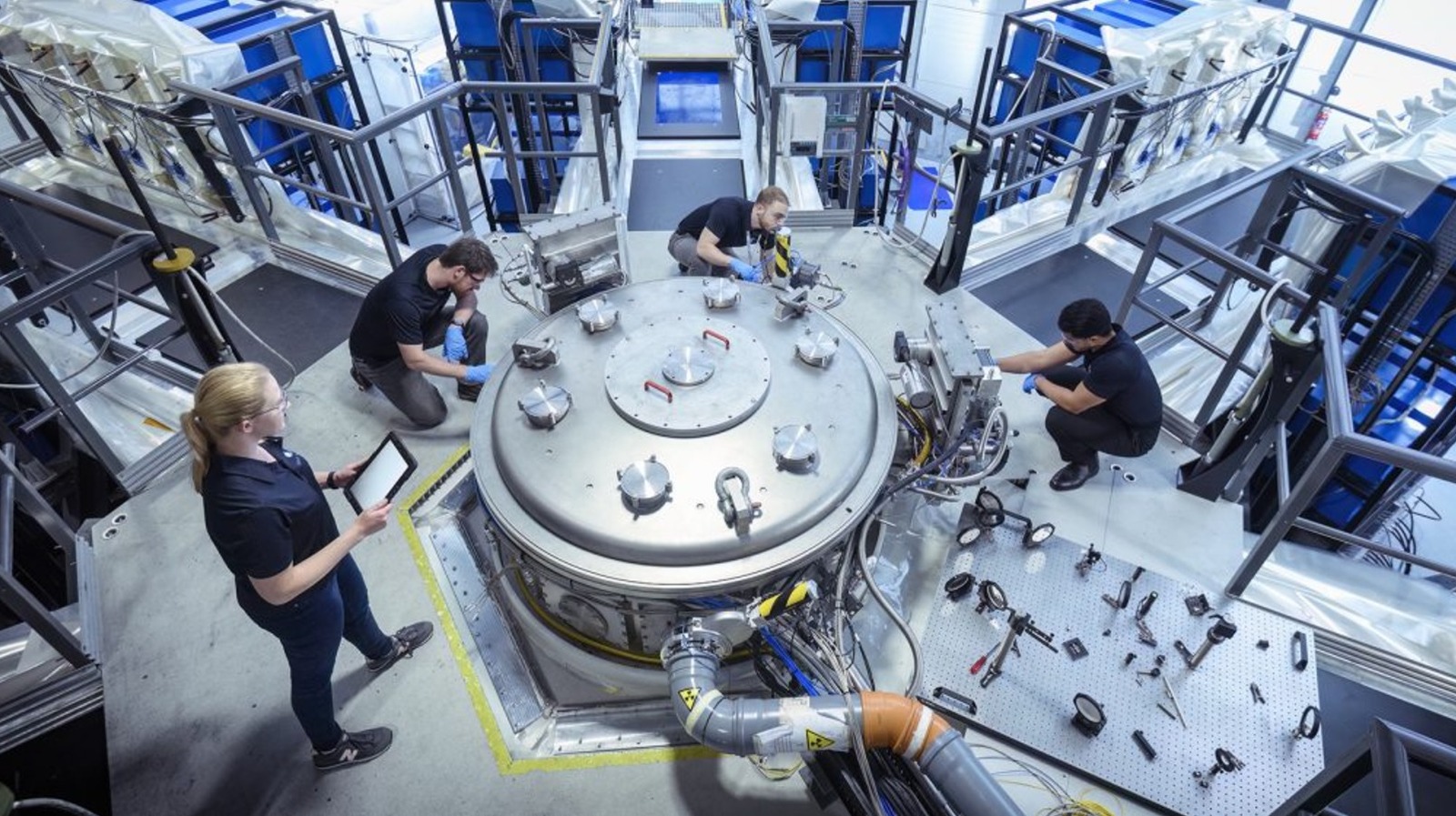A significant advancement in fusion energy was announced by the UK-based company First Light Fusion, which has developed a method for achieving “high gain” inertial fusion. This breakthrough represents a crucial step towards creating a commercially viable fusion reactor, potentially transforming the global energy landscape and offering near-limitless power.
Fusion power relies on the heat generated during nuclear fusion reactions, where two light atomic nuclei combine to form a heavier nucleus. This process releases substantial energy, which, if effectively captured and converted into electricity, could eliminate reliance on fossil fuels such as coal and gas. Current efforts to develop a functional fusion reactor have faced numerous challenges, but the latest innovations, particularly from First Light Fusion, signal progress in this ambitious field.
The recent achievement from First Light Fusion marks the first successful instance of “high gain” in fusion research. In fusion terminology, “gain” refers to when a reaction produces more energy than is consumed to initiate it. Previous attempts had struggled, requiring more energy than generated. By reaching this milestone, First Light Fusion opens a pathway toward realizing the first commercially viable fusion reactor, moving the technology closer to practical application.
Unveiling the FLARE Process
First Light Fusion’s new approach, termed FLARE (Fusion via Low-power Assembly and Rapid Excitation), has the potential to achieve a gain of up to 1,000. This contrasts sharply with the previous record of four, set by the U.S. Department of Energy’s National Ignition Facility in May 2025. The FLARE process innovatively separates the compression and heating of the fusion fuel, employing a method known as “fast ignition” to generate a significant surplus of energy.
In a recent white paper, First Light Fusion highlighted the potential of a single kilogram (approximately 2.2 lbs.) of fuel, which could yield energy equivalent to that produced by 10 million kg of coal (around 22,046,226 lbs.). The ignition process occurs when a small fuel source reaches fusion temperatures of approximately 100 million kelvin (around 179,999,540 degrees Fahrenheit), allowing the reaction to become self-sustaining.
The Road Ahead for Fusion Energy
Producing such extreme temperatures necessitates considerable energy input. Yet, achieving self-sustaining fusion could lead to an overwhelming increase in energy production, vastly outweighing the initial energy costs. If FLARE functions as theorized, it may pave the way to establishing multiple fusion reactors capable of providing substantial energy to meet global demands.
While this breakthrough is monumental, it is essential to recognize that it is only one step in the long journey toward operational fusion power plants. The ongoing research and technological advances in the field suggest a promising future for fusion energy, moving humanity closer to the goal of sustainable and abundant energy sources.
As advancements continue, the prospect of fusion power becoming a reality appears increasingly feasible. The journey toward harnessing this energy source may soon shift from theoretical possibilities to practical, large-scale applications, potentially revolutionizing how the world generates and consumes energy.







